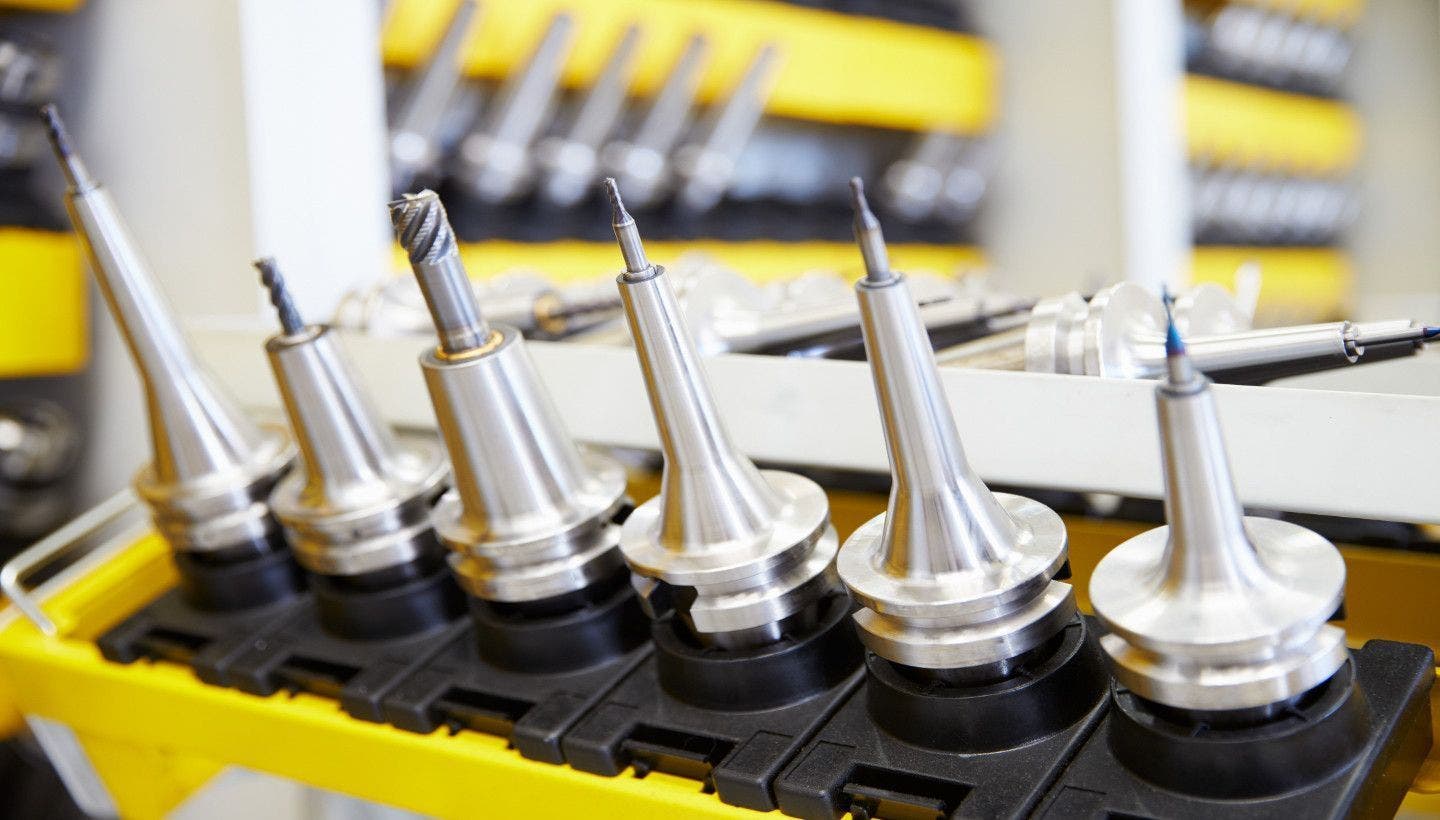Five ways that data analytics improves efficiency
Data analysis can positively affect your productivity and bottom line. Gareth Evans, Head of Engineering at MSC Industrial Supply Co. UK explores how you can use data to improve manufacturing efficiency.
Previous industrial revolutions brought us increased efficiency due to mechanisation, electrical power and then electronics. The Fourth Industrial Revolution is all about data and digitalisation, so it’s only right it is referred to as Industry 4.0.
This is fundamentally driven by the Internet of Things (IoT), which benefits consumers through smartphones, smart cars and smart appliances. This smart technology is now available for manufacturers in areas such as machine tools, robots, software systems and data analytics.
Use Cases
Smart technologies generate massive amounts of data, often referred to as Big Data. However, data is no good on its own - it’s what you do with it that counts. An example of good practice would be measuring a factory’s power consumption needs, which helps manufacturers identify inefficient equipment and reduce costs. Alternatively, analysing cutting tool life, enables machine shops to improve their turning, milling and drilling operations. Another option is analysing downtime on those same machine tools, providing unprecedented views into the root causes of low overall equipment effectiveness (OEE).
The result of all this analytical effort is additional machine uptime, more predictable processes, improved part quality and less waste. Most importantly, Big Data and IoT are the great equalisers between countries with low manufacturing costs and those with higher cost bases.
Getting started
Getting started is easier than you might think. Naturally, there is some investment required in terms of time and capital, but the return on investment is relatively quick. In fact, if you already have new CNC machines, the chances are that you can begin gathering data from them almost immediately.
MSC Industrial Supply Co. UK has identified five ways you can use technology and data to improve operational efficiency.
1. Going Paperless
Digitising your paper trail can bring huge benefits. Paperwork can get lost, mistakes can be made, and even if you know where it is, it can take time to retrieve it.
In a digitised manufacturing company, data flows in both directions. Digital work instructions promote standardisation, help to eliminate mistakes, and significantly streamline operations. It achieves all this through electronic documents containing images, video and text that can be streamed anywhere on the shop floor. Furthermore, because digital work instructions prompt for operators’ feedback, they ensure compliance while providing higher levels of traceability for human-driven activities.
2. Sharing Insights
Unwritten information that is not commonly known by others within the company is often referred to as tribal information. This often means that important knowledge is not passed on to younger workers. For example, a good machinist can put their hand on a machine or listen to the spindle and know immediately whether there’s a problem. However, what happens when that person leaves the company? The best way to eliminate this risk is by gathering manufacturing data from CNC machine tools and analysing it to identify productivity-killing variables in the manufacturing process. More modern equipment already has this capability built in, provided the shop floor is networked and you have somewhere to store the data. You’ll also need a system to analyse it.
3. Get Connected
If you don’t have modern, connected machine tools, don’t panic! There are plenty of aftermarket adapters available for legacy equipment. Capabilities to look for include tool life management, collision avoidance, and virtual monitoring. A good provider will also offer a dashboard enabling you to connect machines of different ages and brands, acting as a central repository for collecting information and displaying it in a readable format.
4. Data in Real Time
If you need to monitor data in real time, you need a manufacturing execution system (MES). MES enables manufacturers to collect data directly from sensor-equipped machines. This includes OEE information, job quantities, quality data and process-related information like oil pressure and spindle temperature. This data can then be displayed in various forms, such as on real-time shop floor displays - or used to alert people that there’s a problem. However, MES can do much more than data collection and analysis. It provides a comprehensive suite of scheduling, monitoring and maintenance management capabilities that can serve as the heart of any digital manufacturing initiative.
5. Collecting Quality
One of the easiest ways to reduce quality costs and improve data accuracy is through the automated collection of shop floor measurement information. This can be achieved via a low-power wireless device or a more conventional, wired approach.
In either case, measurement data from micrometres, digital indicators and any other communication-capable device can be sent to an external software system for analysis. This goes beyond metrology to provide visibility to manufacturing trends that might otherwise go undetected. The result is better process control, reduced machine downtime and so on. Because it’s easy to archive this information, manufacturers can compare past results to what’s going on right now, which gives them better decision-making capabilities.
Cost savings
Implementing a digital, data-based manufacturing strategy will make machining and fabricating processes more efficient, predictable and cost-effective.
Because they drastically increase visibility, there’s no more guessing or detective work when something goes awry on the production floor. Best of all, they eliminate reliance on tribal knowledge. Whether it’s paperless processes, remote process monitoring, smarter machine tools and micrometres or a companywide manufacturing execution system, it’s time to take your shop in a digital direction.




